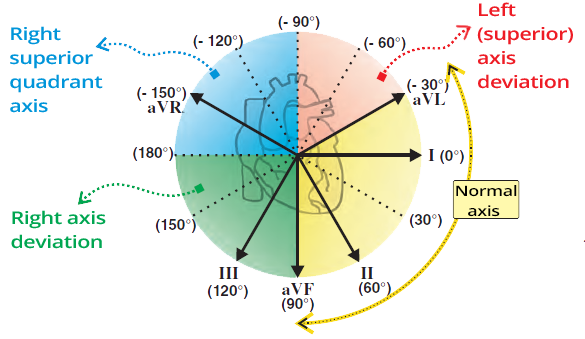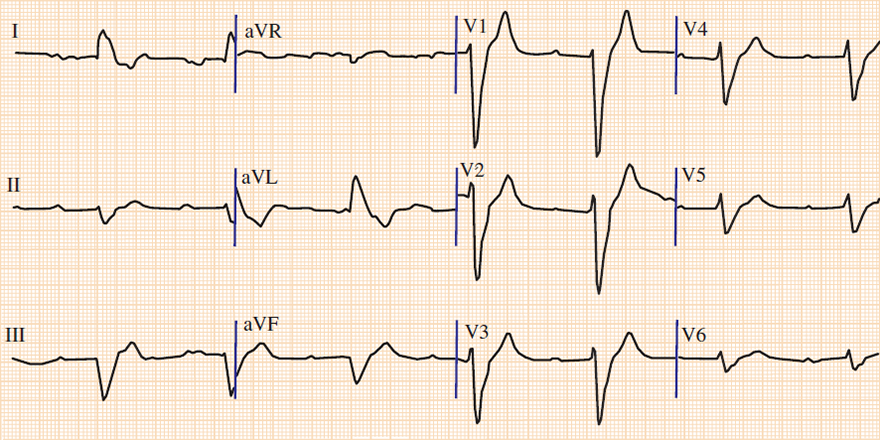
|
ECGbook.com Making Medical Education Free for All |
Upload ECG for Interpretation |

|
ECGbook.com Making Medical Education Free for All |
Upload ECG for Interpretation |

Normal (intermediate) Heart Axis


Extreme Axis Deviation

Extreme Axis Deviation

Extreme Axis Deviation
Sources

Normal (intermediate) Heart Axis

|
|
|
Extreme Axis Deviation
|

|

Extreme Axis Deviation

Extreme Axis Deviation
Sources